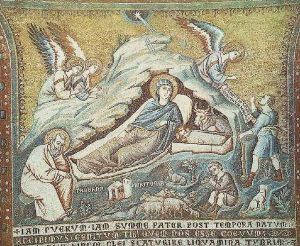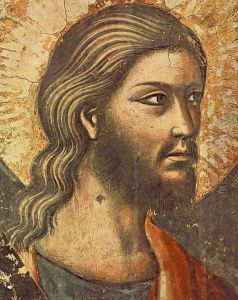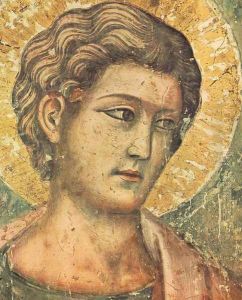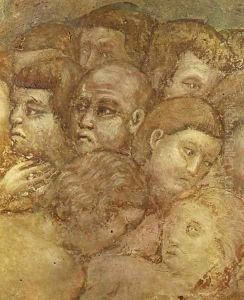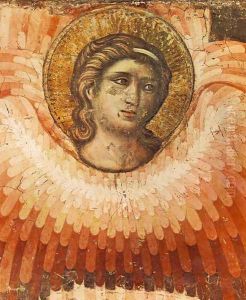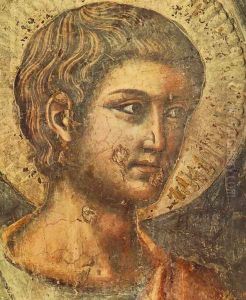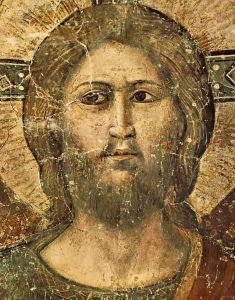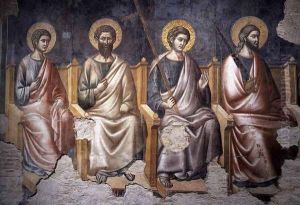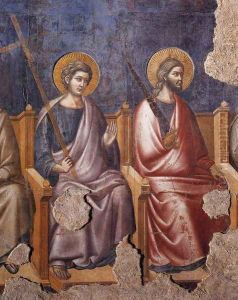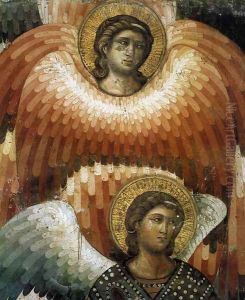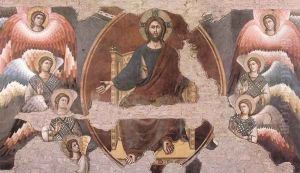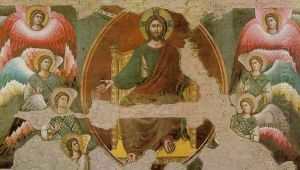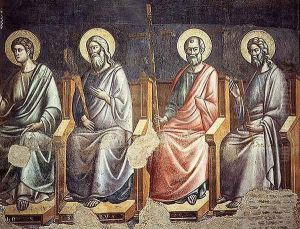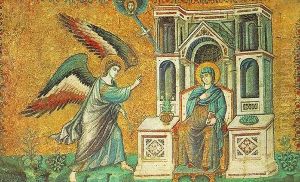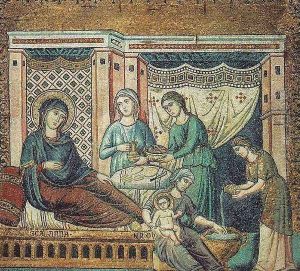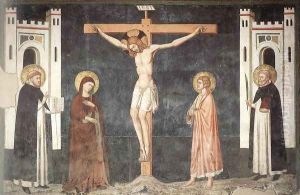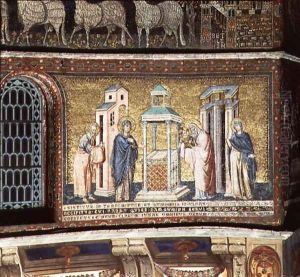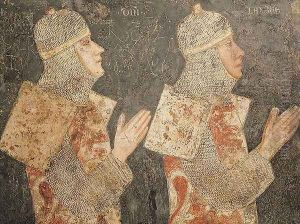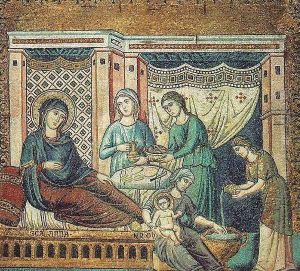Pietro Cavallini Paintings
Pietro Cavallini was an Italian painter and mosaic designer who played a significant role in the Roman and early Italian Renaissance art. His birth date is not precisely known, but he is believed to have been active from the late 13th century until the early 14th century. Cavallini was a contemporary and perhaps a rival of the famous painter Giotto di Bondone, and his work shows a transition from the Byzantine style to a more naturalistic approach, which was characteristic of the Renaissance. Cavallini's most renowned work is the series of mosaics in the Basilica of Santa Maria in Trastevere in Rome, particularly the 'Life of the Virgin' series. His work in the apse mosaic of the Basilica of San Paolo fuori le Mura is also significant but was unfortunately destroyed in a fire in 1823. Despite this, his style can still be studied through other surviving works and descriptions by his contemporaries. Little is known about Cavallini's life, but his influence was substantial in the development of Italian art, as he introduced elements of volume and perspective that were new at the time. His figures are noted for their solidity and the sense of mass, which were departures from the flat, ethereal figures of Byzantine art. Cavallini's work paved the way for later artists, including Giotto, who would continue to develop these techniques and ultimately lead to the full flowering of the Renaissance. Cavallini's death is as uncertain as his birth, with estimates of his lifespan placing his death around the early 1330s.
